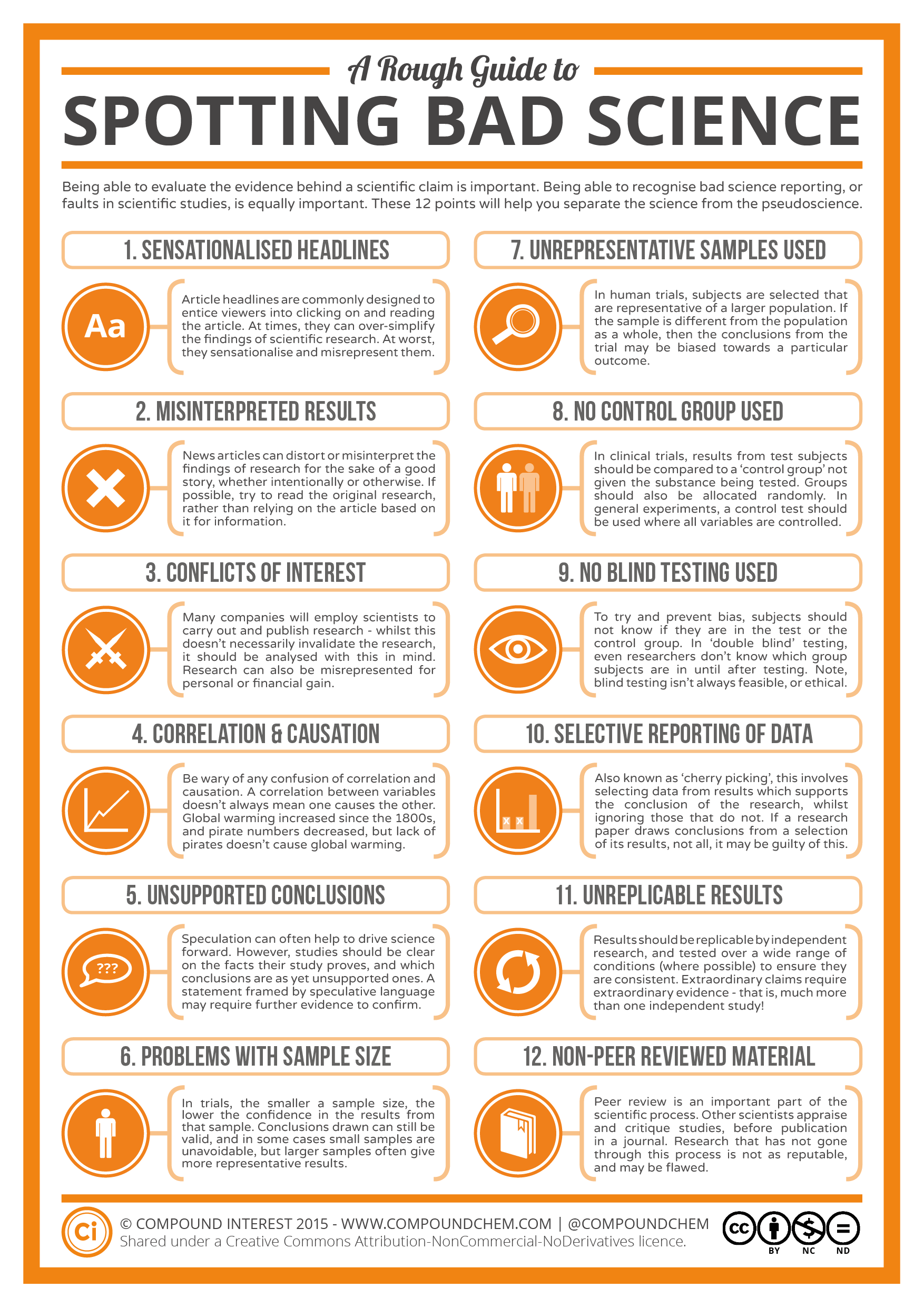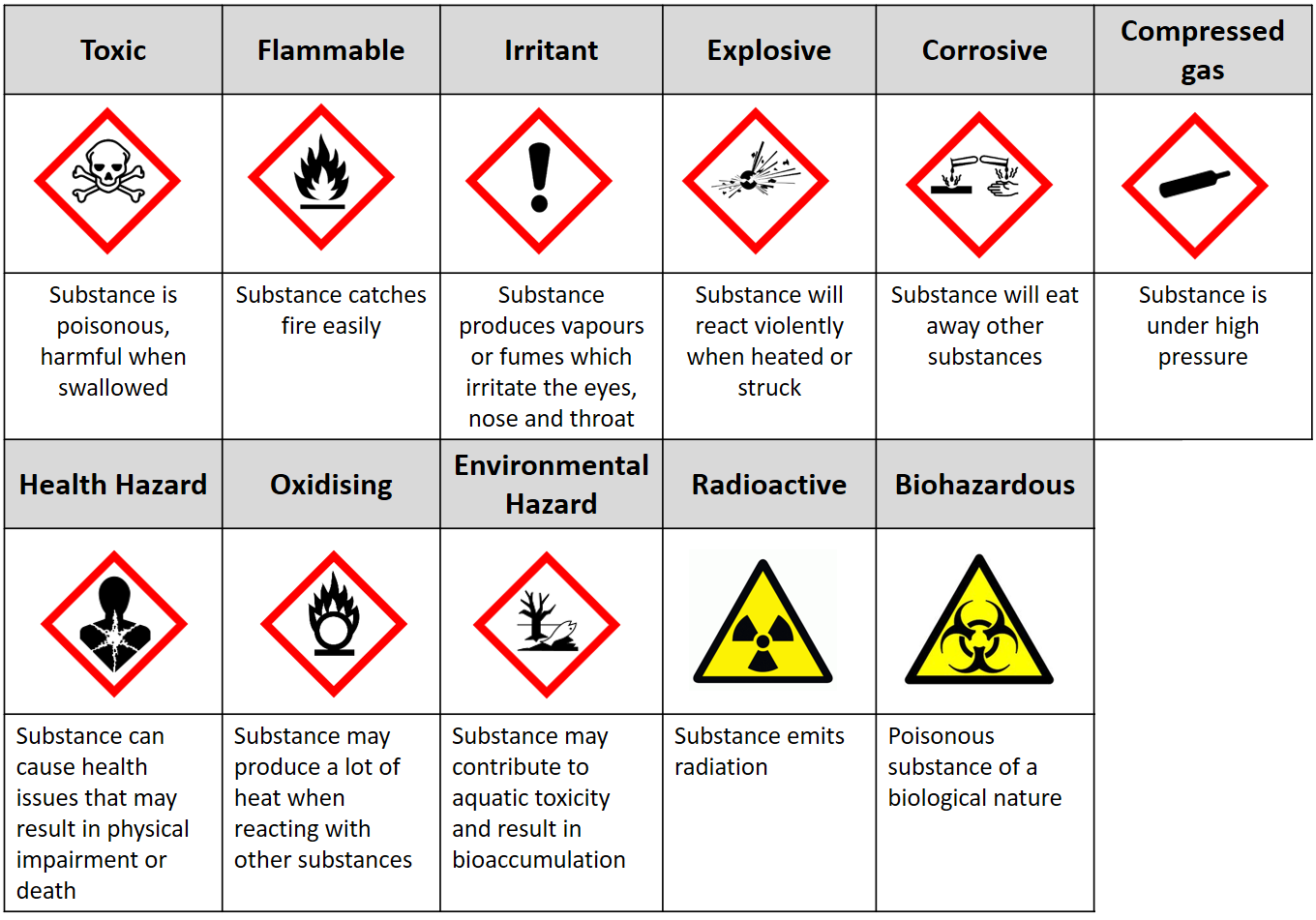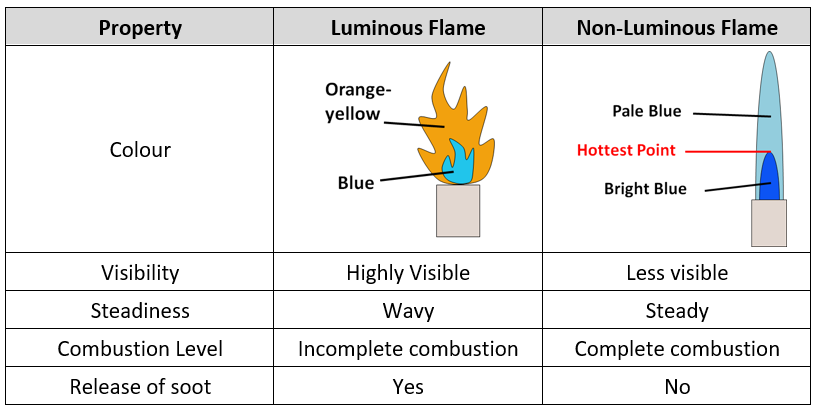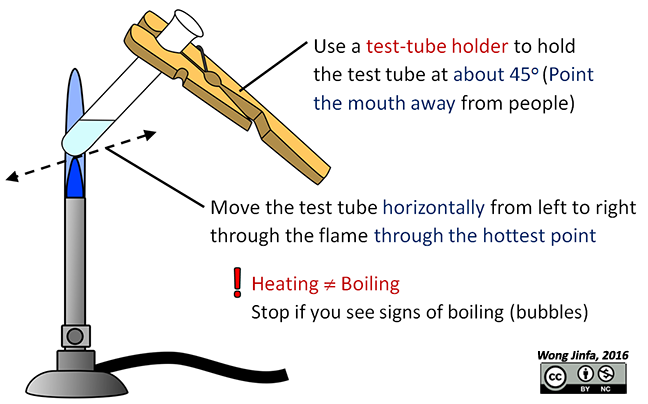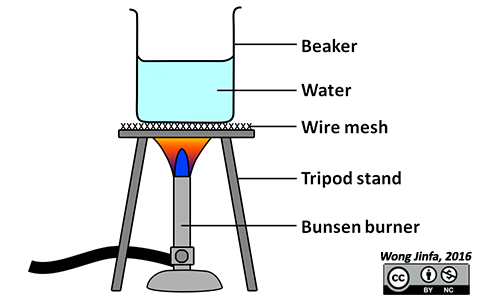¶ Key Understandings:
- Science is a study of the physical and natural world.
- Scientific knowledge is derived partly from observation, experimentation and analysis and partly from human imagination and creativity.
- Scientific knowledge is subject to change.
- The study and practice of science involve three major elements: attitudes, processes, and products.
- The Scientific Method consists of three components: Observation, Hypothesis and Experimentation and each component is supported by an array of process skills.
- Recognise that science is not confined to the laboratory, but is manifested in all aspects of our lives.
- Describe some of the uses and benefits of science and technology in society.
- Know the importance of attitudes such as curiosity, open-mindedness, creativity, objectivity and perseverance in carrying out scientific inquiry.
- Discuss “bad science”, limitations of science, and nature of science.
- Outline the three components/processes of the Scientific Method: Observation, Hypothesis and Experimentation.
- Follow and understand laboratory safety rules and procedures, recognise the common symbols of hazardous materials and the necessary precautions in handling them.
- Know the names of the common laboratory apparatuses and their functions and the principles of representing common laboratory apparatuses in 2D drawings.
- Know how to light the Bunsen burner correctly and heat liquids in a test-tube and a beaker.
- Know basic skills such as smelling of gas, liquid transfer, disposal of waste and cleaning up the bench after conducting the experiment.
- Science is the study of the natural and physical world
- Area of study of the natural world (Biology):
- Area of study of the physical
- Chemistry and Physics
- Structure of matter and its interactions
- Energy
- Matter
- Primary:
- Secondary:
- Discern order between and among facts
- Scientists look for violations in underlying assumptions which are tested and retested
¶ Describe some of the uses and benefits of science and technology in society.
- Technology is the application of scientific knowledge for practical purposes
- Advancements in technology have improved our lives but it has some disadvantages too
- When abused, technology can cause harm to society and the environment
- Medicines (antibiotics) help cure diseases but may increase the risk of antibiotic-resistant ‘superbugs’
- Food crops can be resistant to attacks by pests and disease-causing organisms but may upset the balance in the ecosystem if the genes are transferred to other wild plants
- Automobiles allow for quicker transport of people but give out emissions that result in air pollution
- Styrofoam are used to make many useful objects but contributes to global warming during its manufacture, are non-biodegradable and harms and kills animals that accidentally consume it
¶ Know the importance of attitudes such as curiosity, open-mindedness, creativity, objectivity and perseverance in carrying out scientific inquiry.
- Good scientists are
- Curious: Question what they see around them
- Creative, objective & resilient: Make observations and sense of the data collected from their observations;
- Open-minded: Work well with their peers and consider the views of others
- One Scientist who displayed such attitudes was Erasto Mpemba who is famous for the Mpemba effect:
¶ Discuss “bad science”, limitations of science, and nature of science.
- Science can't be used to make moral and aesthetic judgements
- It can't help us measure what is of value
- It can be used for both good and bad
- Science is limited to the the natural and physical world and can't be used to draw conclusions about the supernatural world
- Science cannot proof anything with 100% certainty, it makes use of evidences to eliminate wrong hypotheses and thus get us closer to the truth; It is subject to changes when more new data is discovered
- The products of science are observed and experimental data, formulated concepts and theories
- Scientific knowledge is subject to modification as new information is discovered
- A scientific breakthrough is not usually achieved by one scientist alone
- It takes the combined efforts of many scientists over many years to build the scientific knowledge we have today
- Scientific knowledge is thus subject to changes as new observations are made and new evidence is found.
¶ Outline the three components/processes of the Scientific Method: Observation, Hypothesis and Experimentation.
- Statements describing an event which the person observing detects using his/her senses
- Based on observations, one can pose questions and generate explanations for the observations
- Inferences are predictions that are based on one's interpretation of what happened
- An inference of an observation that has yet to be proven (If ..., then ...)
- A hypothesis may or may not be true, and thus need to be tested
- To test the hypothesis, we perform an experiment to try to prove its false
- Decide on the materials and methods to test the hypothesis
- Identify what kind of evidence (variables) to collect in order to test the hypothesis:
- Independent variables
- Are those factors in an experiment that the scientist deliberately changes so as to observe the consequences of these changes
- Dependent variables
- Are factors that undergo changes due to changes in the independent variables
- Control variables
- Are all those factors that the scientist attempts to keep constant
- Assign the different treatment groups:
- Experimental Group
- A group of subjects who are exposed to the independent variable under study
- Dependent variable is collected from this group of subjects
- Control Group
- Group that is not influenced by the independent variable being tested
- To increase precision and accuracy
- There should be at least 3 replicates for each value of independent variable (sample size is the number of replicates)
- The experiment should be repeated at least twice using same observer, measuring procedure, instruments at same location (the number of repeats conducted are known as trials)
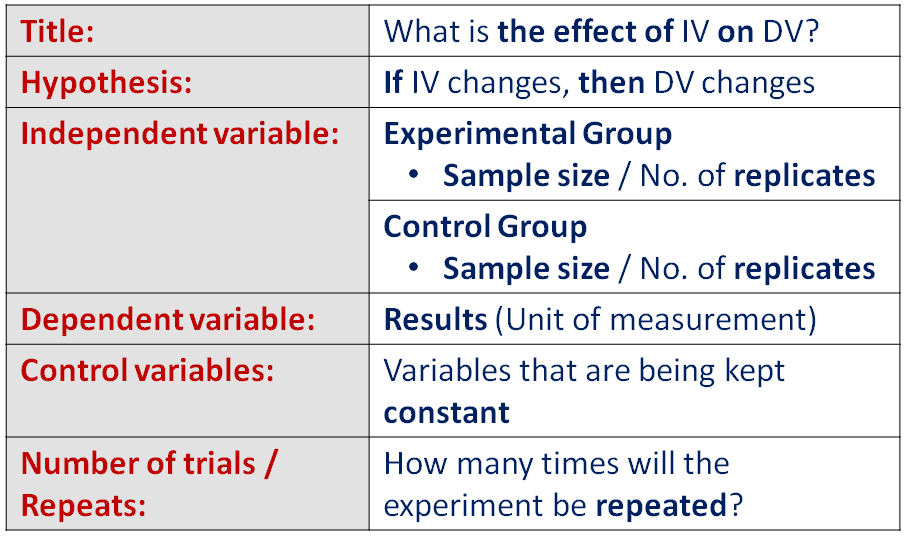
- If the results do not support the hypothesis,
- The hypothesis is rejected (the prediction was wrong)
- If the results support the hypothesis,
- The hypothesis is not rejected
- However, we do not say it is accepted as we cannot conclude so with complete certainty
- But as the quality and quantity of evidence increases, so does our certainty about an idea
- x-axis: Independent variable
- y-axis: Dependent variable
- Quote the values of the variables and describe the trend of how the independent variable behaves as the dependent variable changes
- As independent variable increases from x-value to x-value, dependent variable increases/decreases linearly/at a decreasing rate/at an increasing ratefrom y-value to y-value
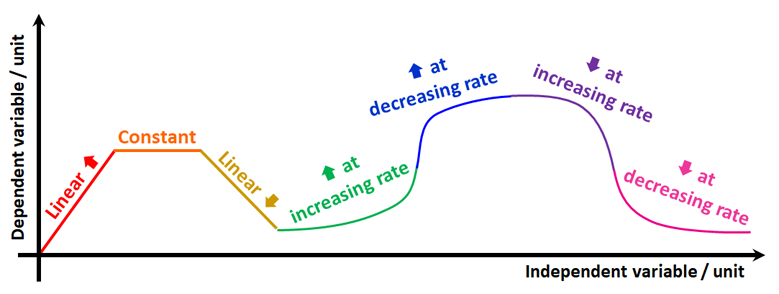
¶ Follow and understand laboratory safety rules and procedures, recognise the common symbols of hazardous materials and the necessary precautions in handling them.
- No eating and drinking in the laboratory
- Long hair should be tied up so that it does not interfere with lab work
- Accessory clothing should not pose a safety risk (no wearing of ties)
- Safety googles to be worn when this is a risk of injury to the eye (mixing or heating of chemicals)
- Wash hands thoroughly before leaving the lab
- Be serious and do not play around in the lab
- Report damages to equipment immediately (use a broom and dustpan to clear broken apparatus)
- When collecting chemicals,
- Do not pour back any chemicals back into the stock bottle as they are already exposed to the environment and might contaminate the whole bottle
- When a glass apparatus is broken,
- Never handle it with your bare hands
- Inform the teacher and use a broom and dustpan to remove the broken glass
- When there is a chemical spillage,
- If any chemical accidentally gets in your mouth, spit it out into a basin immediately and rinse your mouth with plenty of water before reporting it to the teacher
- If any chemicals spilled onto other parts of your body or clothing, wash it with plenty of water and report the spill to the teacher
¶ Know the names of the common laboratory apparatuses and their functions and the principles of representing common laboratory apparatuses in 2D drawings.
- Use pencil and ruler. Erase cleanly.
- Use at least 50% of the drawing space.
- Use only discrete single lines; do not sketch or shade.
- Proportionate for different parts of the apparatus, and proportionate relative to other apparatus.
- Most apparatus have thoroughfare (an opening).
- Most apparatus have rounded edges, and a small curve at the opening.

- Forceps: For grasping and holding objects
- Gas jar: For collecting gases
- Gas syringe: For inserting and withdrawing a volume of gas
- Glass stir rod: For mixing chemicals and liquids
- Mortar and pestle: For crushing and grinding solids
- Plastic dropper: For transferring small quantities of liquids
- Retort stand: To support apparatus during experiments
- Scalpel: For cutting and issection
- Test tube holder: For holding a test tube in place when the tube is hot or should not be touched
¶ Know how to light the Bunsen burner correctly and heat liquids in a test-tube and a beaker.
¶ Know basic skills such as smelling of gas, liquid transfer, disposal of waste and cleaning up the bench after conducting the experiment.
- Hold the test tube such that the opening is about 1 - 2 cm from your face
- Use a hand to wave or waft the gas towards your nose
- Hold each test tube 1 - 2 cm away from the mouth of the test tubes, using your thumb and index fingers only
- Transfer the liquid from rim to rim of each test tube
- Ensure that the rim of one test tube is touching and resting on the rim of the other test tube
- Solid materials disposed into the bin provided
- Biohazardous solid materials disposed of in special bags
- Non-toxic liquids should be poured into the sink
- Toxic liquids disposed of in special waste bottles
- Rinse a rag and wring it dry so that it is slightly damp
- After cleaning the bench, rinse and dry the rag before draping it over the sink.


